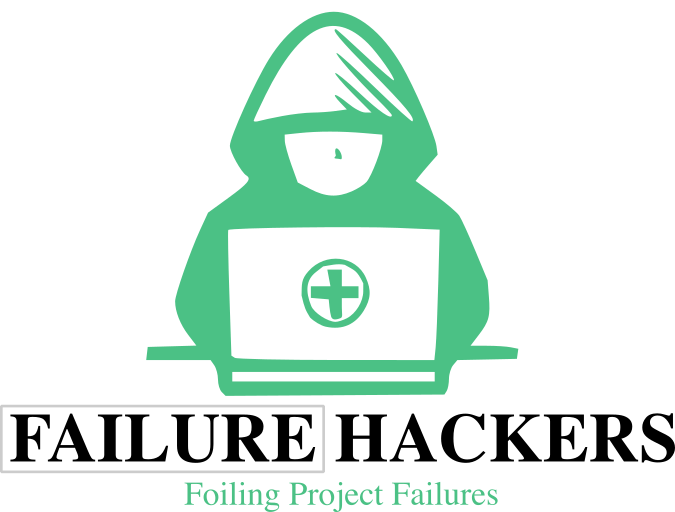Background: A popular coffee shop has been receiving frequent customer complaints about long wait times during peak hours. Many customers express frustration, and some even leave without ordering, affecting sales.
Workaround:
The shop manager decides to offer free coffee vouchers to customers who have to wait too long. This helps reduce complaints because customers feel compensated for the inconvenience, but it doesn’t solve the core issue of long wait times.
- Symptom: Long wait times for customers during peak hours.
- Workaround Applied: Offering free coffee vouchers to appease customers who wait too long.
Deeper Analysis:
On further investigation, the cause of the long wait times is found to be bottlenecks at the order-taking counter. The baristas are quick at making drinks, but there is only one register, so customers have to queue up to place their orders.
- Cause: Bottlenecks at the order counter, leading to slow order processing.
Root Cause:
Digging even deeper, the root cause is discovered to be the lack of staff training on how to efficiently take orders and use the register. Additionally, the shop’s layout has the counter placed in a way that creates congestion, making it difficult for staff to move around freely during busy periods.
- Root Cause: Inefficient staff training and poorly planned shop layout.
Solution:
The coffee shop implements two key changes. First, they retrain staff to handle orders more quickly, using clear scripts to minimise confusion. Second, they redesign the shop layout to add a second register and create a more streamlined space, so the staff can move efficiently even during rush hours.
- Solution: Improved staff training and a redesigned layout with an additional register.
Outcome: With the new measures, customers are served faster, and wait times are reduced significantly. The shop no longer needs to rely on free vouchers to keep customers happy, as the main problem of long waits has been effectively addressed.
Summary:
- Workaround: Offering free coffee vouchers to compensate for long wait times.
- Symptom Addressed: Customer dissatisfaction due to long wait times.
- Cause: Bottlenecks at the order counter.
- Root Cause: Inefficient staff training and poor shop layout.
- Solution: Retrain staff and redesign shop layout to improve workflow.
This example demonstrates how addressing the root cause, rather than just applying a quick fix, can lead to a more sustainable and effective solution.





